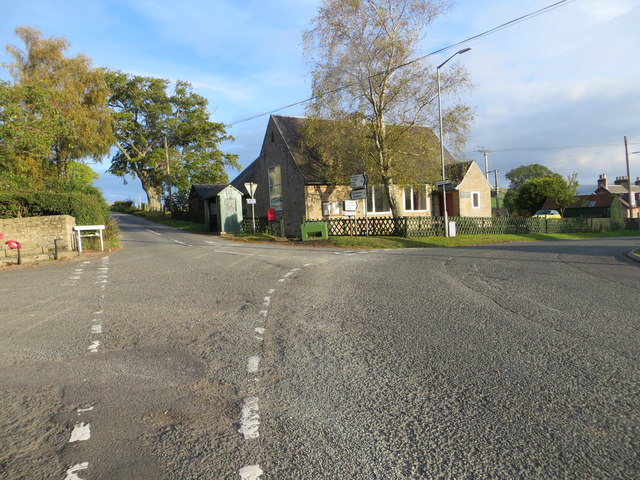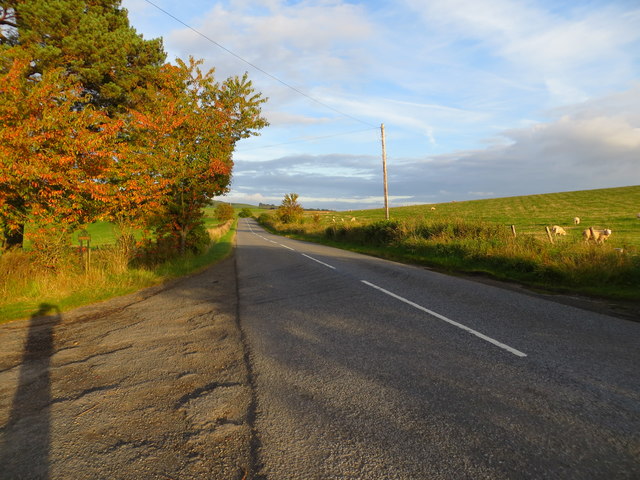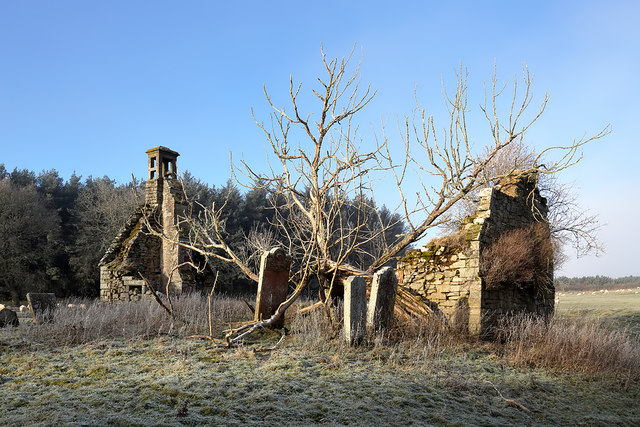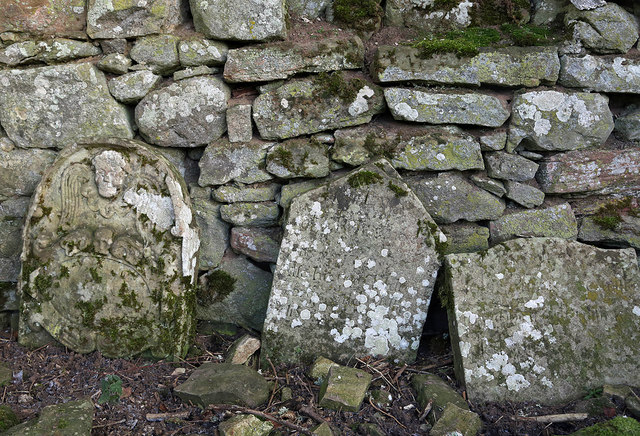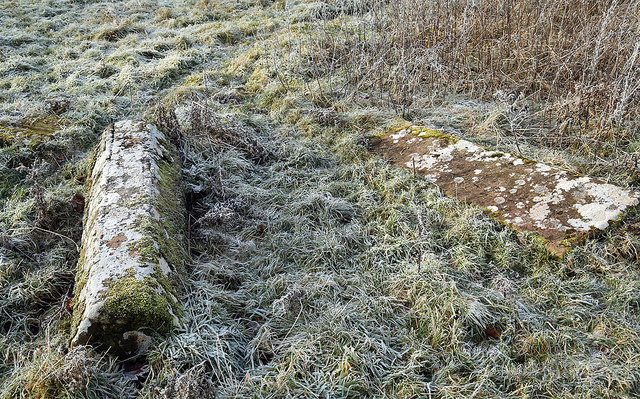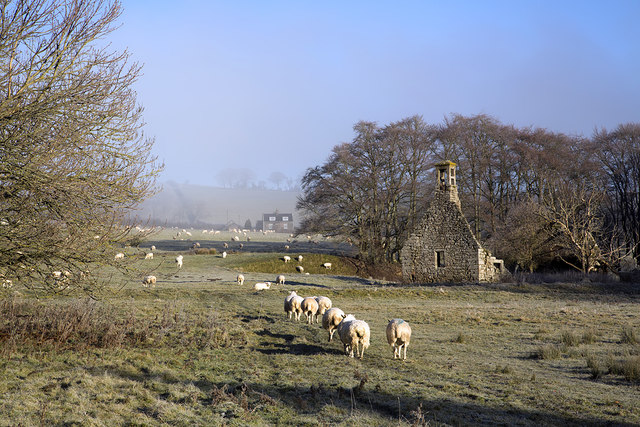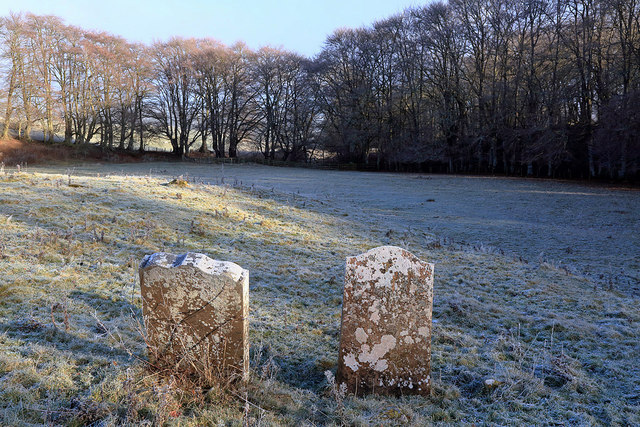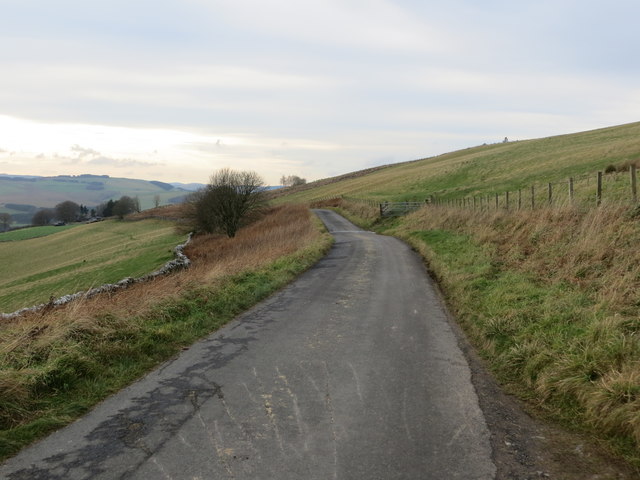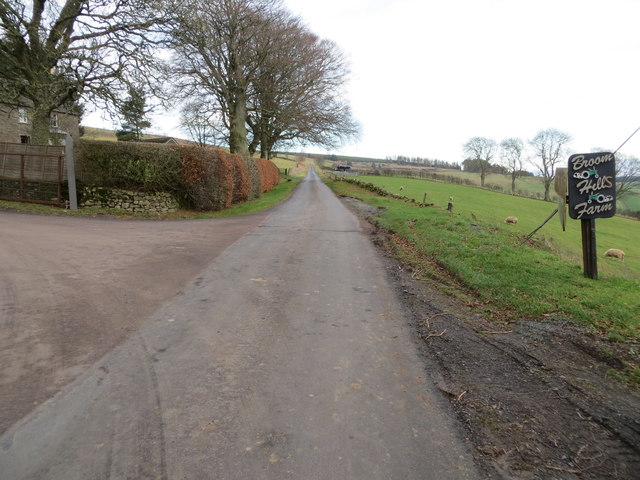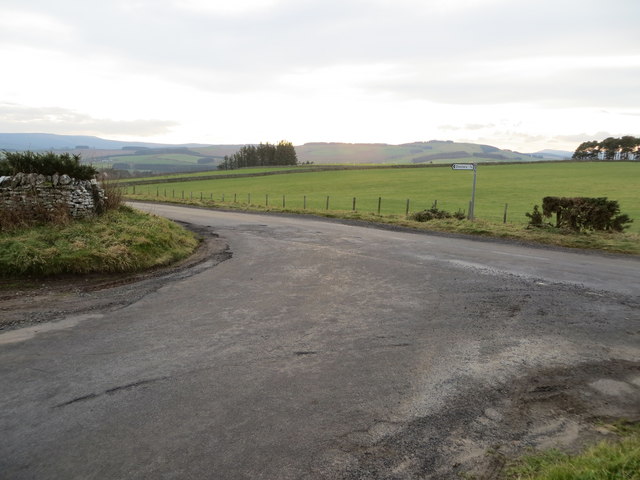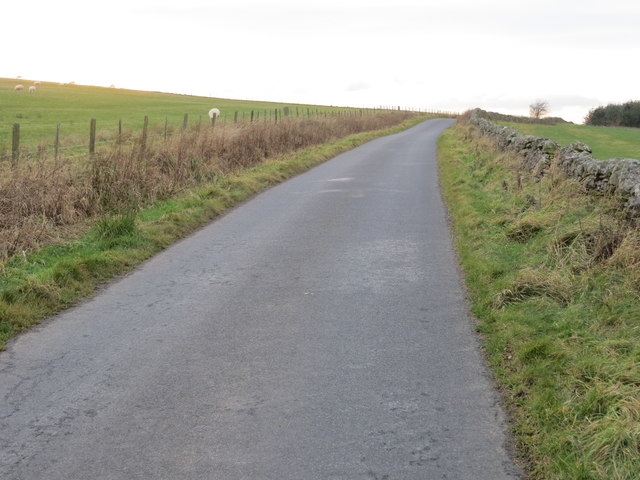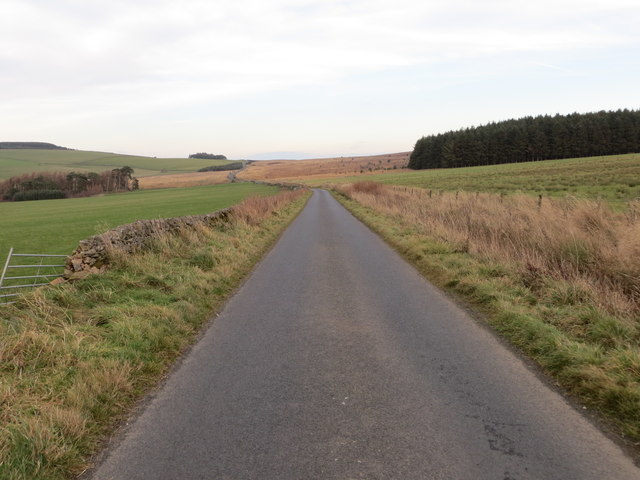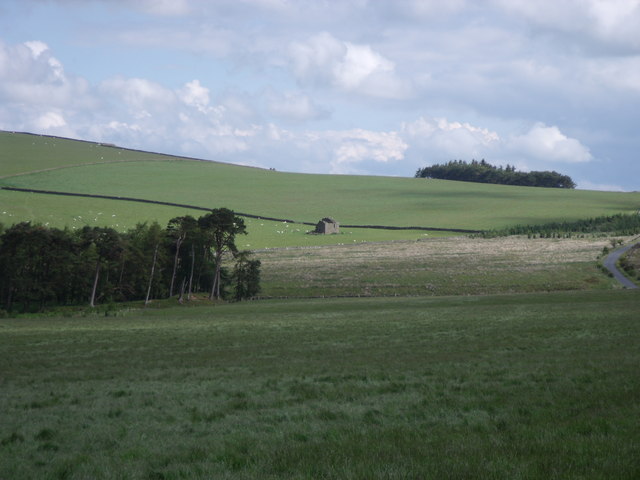Coatlaw Plantation
Wood, Forest in Roxburghshire
Scotland
Coatlaw Plantation
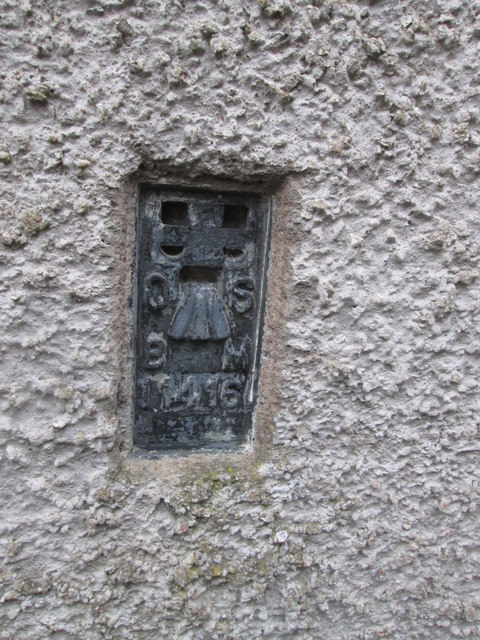
Coatlaw Plantation is a picturesque woodland located in Roxburghshire, a historic county in the Scottish Borders region of Scotland. Spanning over a vast area, this forested land is home to a diverse range of flora and fauna, offering a serene and tranquil environment for visitors.
The plantation is primarily composed of native tree species such as oak, birch, and Scots pine, which thrive in the region's temperate climate. These trees create a dense canopy, providing shade and shelter for various wildlife species. The undergrowth is adorned with an array of wildflowers and ferns, adding to the natural beauty of the woodland.
The plantation is intersected by several well-maintained trails, allowing visitors to explore the area at their own pace. These paths wind through the forest, offering breathtaking views of the surrounding countryside and glimpses of wildlife such as red squirrels, roe deer, and a myriad of bird species.
Coatlaw Plantation has become a popular destination for nature enthusiasts, hikers, and birdwatchers due to its abundant biodiversity. Its enchanting atmosphere and peaceful ambiance make it an ideal location for individuals seeking solace in nature, away from the bustling city life.
In addition to its recreational value, the plantation also serves as an important carbon sink, contributing to the mitigation of climate change. The well-preserved woodland acts as an ecological haven, supporting a balanced ecosystem and fostering the sustainability of the region.
Overall, Coatlaw Plantation in Roxburghshire is a remarkable woodland, offering a captivating experience for nature lovers and serving as a valuable natural asset for the local community and the environment as a whole.
If you have any feedback on the listing, please let us know in the comments section below.
Coatlaw Plantation Images
Images are sourced within 2km of 55.399306/-2.5932156 or Grid Reference NT6211. Thanks to Geograph Open Source API. All images are credited.
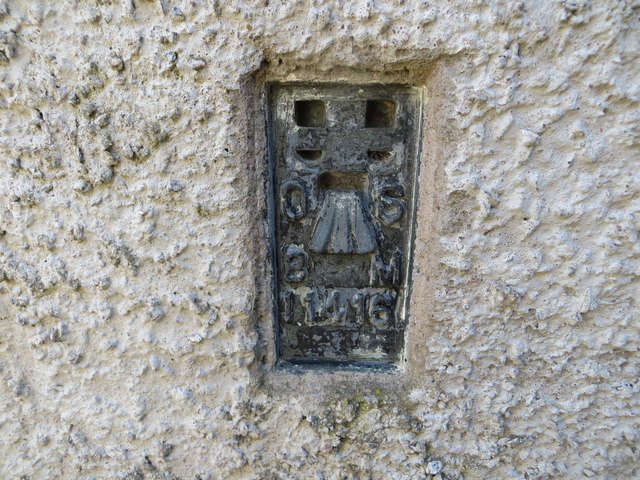
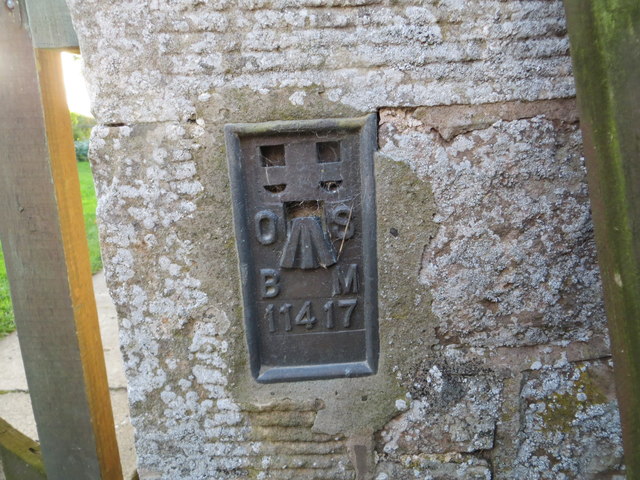
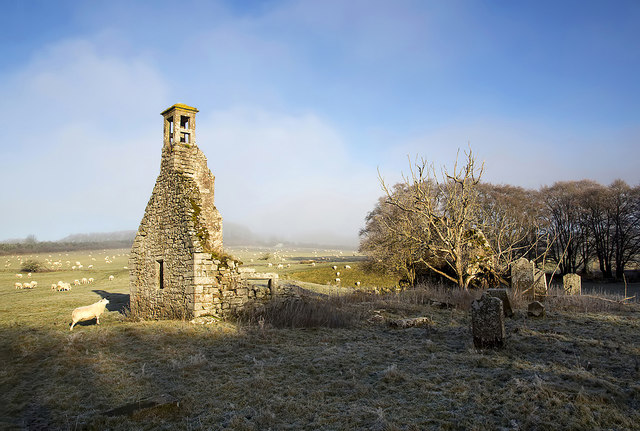
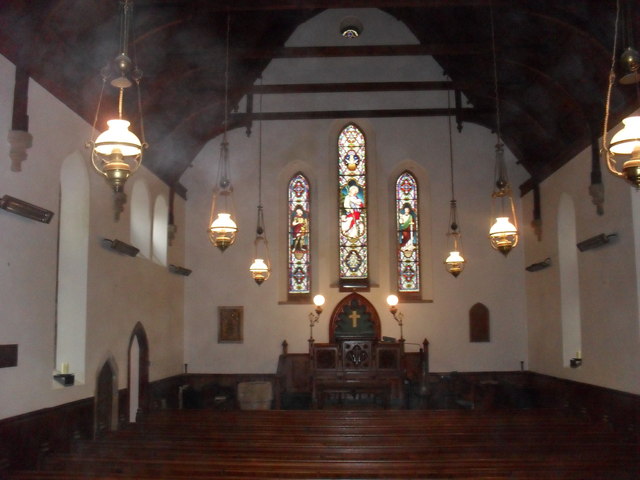
Coatlaw Plantation is located at Grid Ref: NT6211 (Lat: 55.399306, Lng: -2.5932156)
Unitary Authority: The Scottish Borders
Police Authority: The Lothians and Scottish Borders
What 3 Words
///downs.repaid.gratuity. Near Jedburgh, Scottish Borders
Nearby Locations
Related Wikis
Abbotrule
Abbotrule is a hamlet south of the B6357 road, in the Scottish Borders area of Scotland, on Rule Burn, east of the Rule Water. Places nearby include Bedrule...
Southdean
Southdean is a hamlet in the Scottish Borders area of Scotland, on the A6088, by the Jed Water and in the Wauchope Forest area. Other settlements nearby...
Hallrule
Hallrule is a hamlet on the B6357 road, in the Scottish Borders area of Scotland, on the Rule Water, near Abbotrule, Bedrule Bonchester Bridge, Denholm...
Bonchester Bridge
Bonchester Bridge (Scots Binster Brig) is a village in Roxburghshire, within the Scottish Borders area of Scotland, lying on the Rule Water, six miles...
Hobkirk
Hobkirk (Scottish Gaelic: Eaglais Ruail) is a village and civil parish in the Scottish Borders area of Scotland, by the Rule Water, south-west of Jedburgh...
Fulton Tower
Fulton Tower is a ruined 16th century tower house, about 4.5 miles (7.2 km) south west of Jedburgh, Scottish Borders, Scotland, and about 2 miles (3.2...
Bairnkine
Bairnkine is a hamlet on the Jed Water in the Scottish Borders area of Scotland, on the A68, south of Jedburgh. Other places nearby include Abbotrule,...
Wauchope, Scottish Borders
Wauchope is a hamlet in the Scottish Borders council area of Scotland, near Southdean. Wauchope House was demolished in 1932. == See also == Wauchope Forest...
Nearby Amenities
Located within 500m of 55.399306,-2.5932156Have you been to Coatlaw Plantation?
Leave your review of Coatlaw Plantation below (or comments, questions and feedback).
